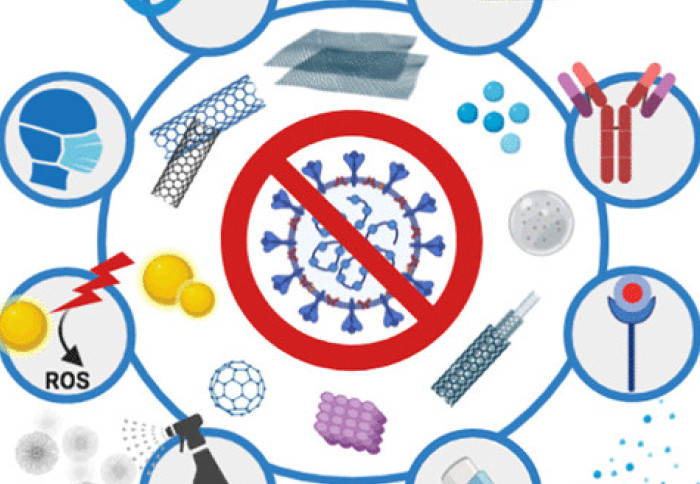How Nanotechnology can help us combat future pandemics

A new study has dicussed the use of Nanotechnology to combat pandemics and infectious diseases.
The COVID-19 pandemic has raised a global demand for fast and effective diagnosis, treatment and prevention of transmission.
An international team, led by the University of Padua and Dr Cecilia Mattevi, has suggested that nanotechnology can offer many approaches to counter the current COVID-19 outbreak, infectious diseases, and future pandemics.
The study offers a multidisciplinary perspective that considers nanotechnology's role in biology, chemistry, engineering, materials science, virology, and computational science.
Prevention methods
The new research suggests that nanotechnology can introduce new disinfection protocols and enhance the barrier properties of personal protective equipment (PPE), in order to prevent the spread of the virus. For example, nanotechnology-based solutions could support the development of safer mask or air filter devices, by working to immobilise and kill the virus.
Nanotechnology could also support the development of self-disinfecting surfaces which avoid contamination to minimise the spread of a virus.
This led the researchers to suggest that key Nanomaterials that could help fight against future pandemics are the emerging nanoflowers of WSe2, WS2, MoSe2, and MoS2. The study highlights the stability of these materials in air, their availability as free-standing nanomaterials, and their strong substrate anchoring. This means they could be used in aerosols, surfaces, or face masks to detect or kill a virus.
Therapeutic methods
Nanotechnology can support counteracting infectious diseases with effective diagnosis, treatment and mitigation of the infection spread Dr. Cecilia Mattevi
The researchers also highlight that Nanotechnology could target COVID-19 by enabling the design of tools that deliver drugs and control the immune response.
The emerging nanoflowers mentioned above are suggested to have a high surface area and edge reactivity - which enables them to be used in nano-medicine, to potentially kill virus pathogens, deliver molecules, and interfere with the cellular functioning of a virus.
Diagnostics
The findings found that simple, fast, and cost-effective nanotechnology-based systems could monitor the presence of viruses and related biomarkers.
From this, it was concluded that the most popular testing platforms are smartphone apps, yet nanopaper and nanochannels could offer a more cost-effective diagnostic.
Toward Nanotechnology-Enabled Approaches against the COVID-19 Pandemic by Carsten Weiss*, Marie Carriere*, Laura Fusco, Ilaria Capua, Jose Angel Regla-Nava, Matteo Pasquali, James A. Scott, Flavia Vitale, Mehmet Altay Unal, Cecilia Mattevi, Davide Bedognetti, Arben Merkoçi, Ennio Tasciotti, Açelya Yilmazer, Yury Gogotsi, Francesco Stellacci, and Lucia Gemma Delogu* published 10 June in ACS Publications
Article text (excluding photos or graphics) © Imperial College London.
Photos and graphics subject to third party copyright used with permission or © Imperial College London.
Reporter
Kayleigh Brewer
Department of Materials